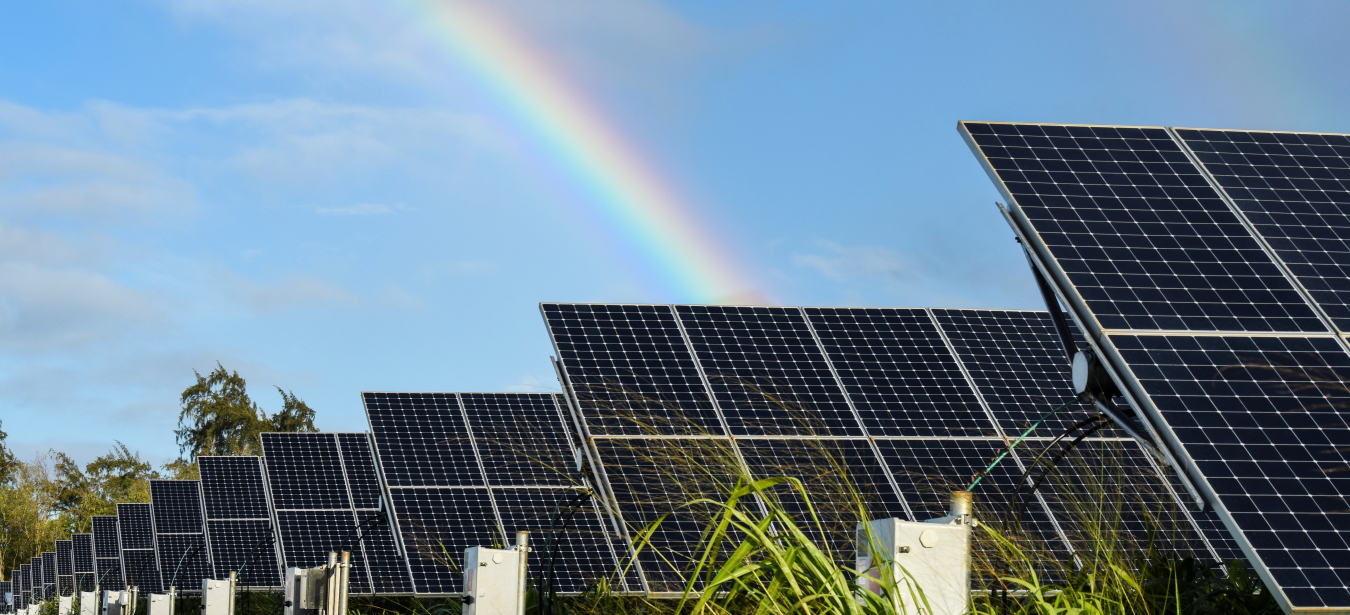Follow along with the Connect the Dots Campaign
Check out the other campaign themes:
Transitioning to a clean energy economy protects every American’s fundamental human right to a clean, healthy environment. That is why the U.S. Department of Energy (DOE) Solar Energy Technologies Office (SETO) funds solutions to create a cleaner, healthier future for all.
The innovations developed by SETO awardees support our goals for an equitable transition to a decarbonized electricity system by 2035 and decarbonized energy sector by 2050. Achieving these goals advances the nationwide effort to meet the threat of climate change, which is critical to protecting humans, wildlife, and ecosystems across the country. Learn how solar energy is helping communities and ecosystems thrive during the transition to a decarbonized grid.
Impact of the Renewable Grid on Health & the Environment
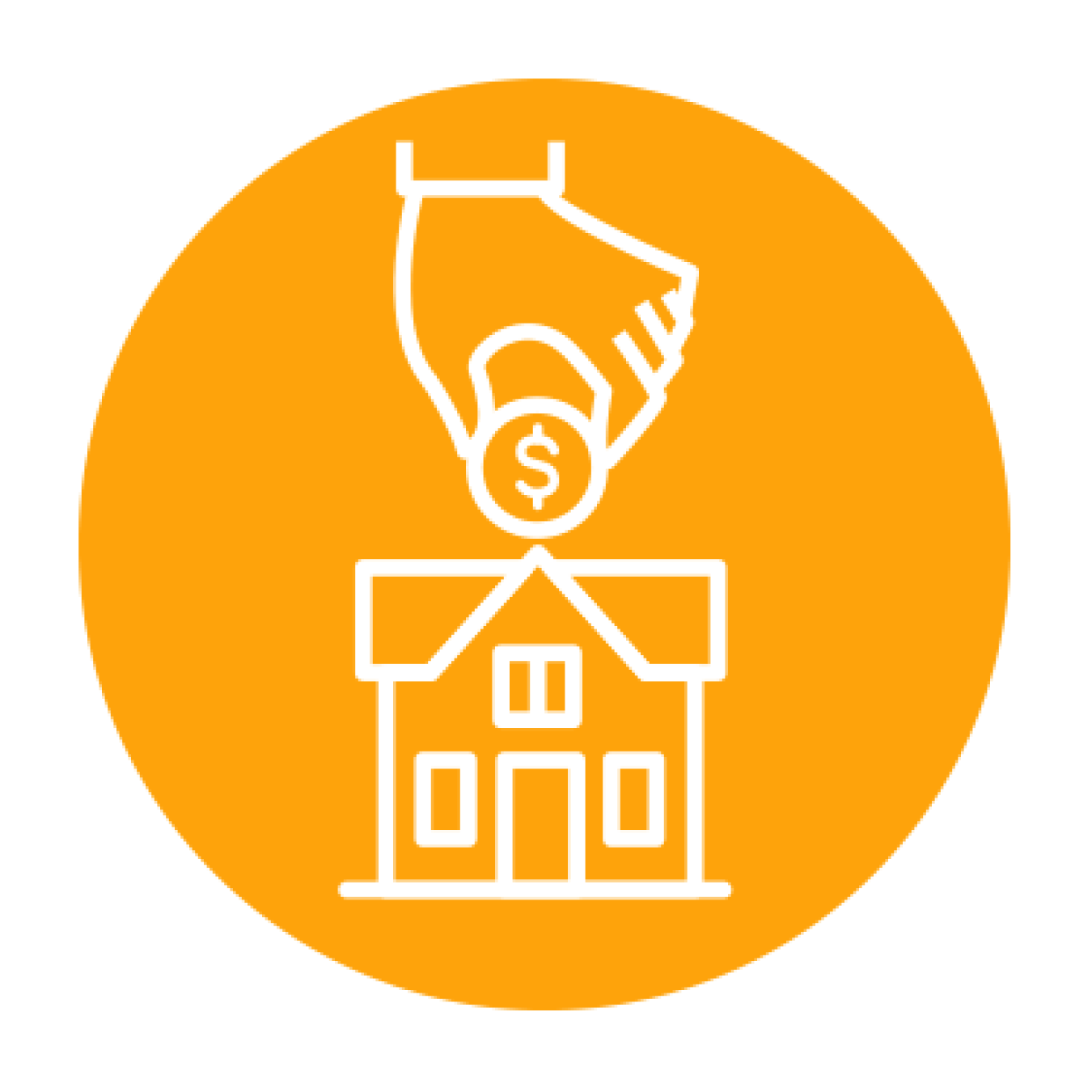
Household Savings
Reducing the cost of solar is essential to accelerating solar deployment and affordably decarbonizing the grid. SETO is committed to reaching cost targets that cut the cost of residential photovoltaics (PV) to $0.05 per kilowatt-hour (kWh). Rooftop solar can save an average American household $15,000 or more on its power bills over the course of a solar panel system’s lifetime. The Solar Futures Study estimates that the grid transformation will yield about $300 billion of air-quality and health benefits. This means that reducing your carbon footprint improves energy prices and health outcomes while benefitting the environment.
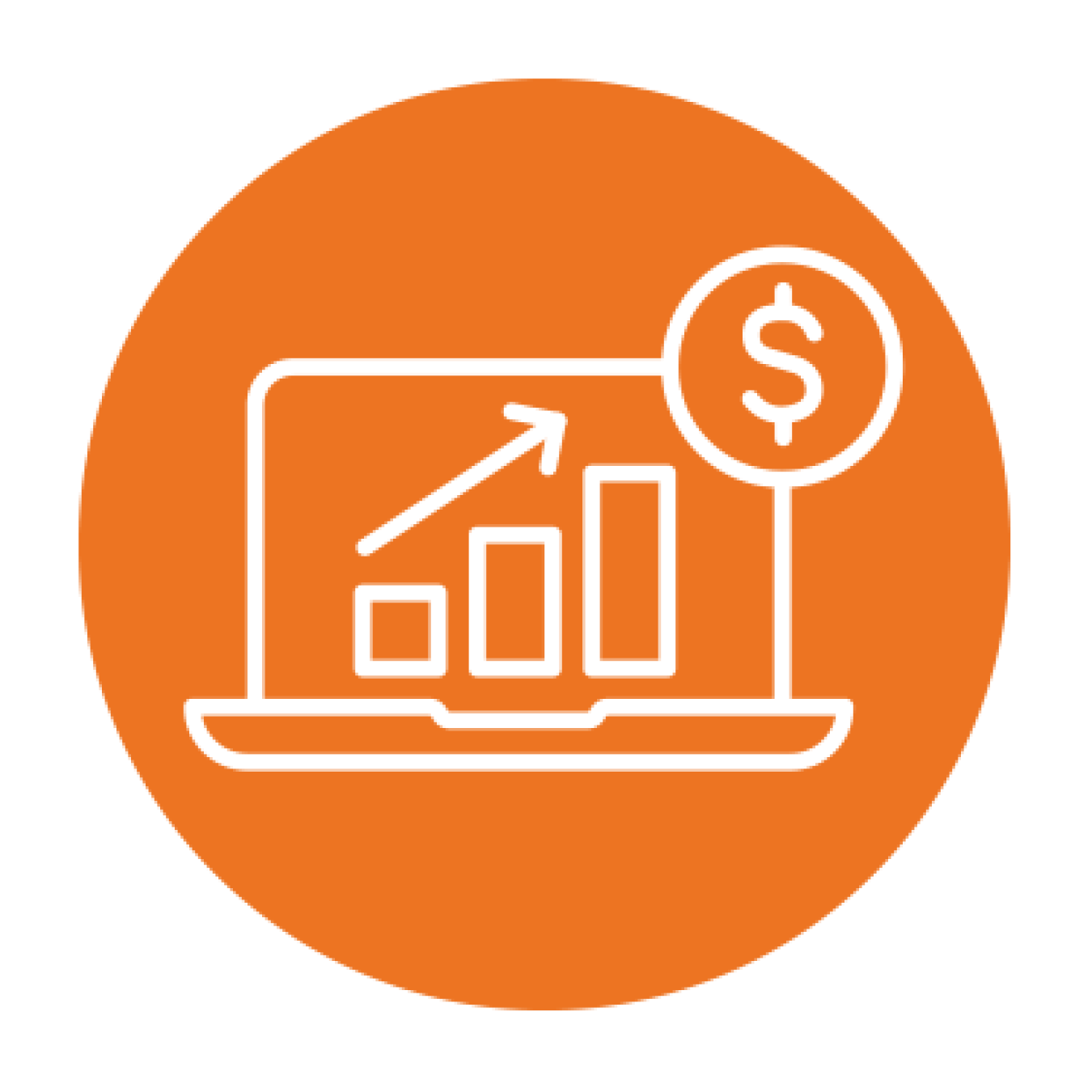
Economic Opportunities
Achieving our clean grid goals requires the installation of an average of 30 gigawatts (GW) of solar capacity per year between now and 2025 and 60 GW per year from 2025-2030. The clean energy transition is expected to generate 3 million jobs across renewable technologies and solar is predicted to employ 500,000 to 1.5 million people across the country by 2035. In 2021, renewables made up approximately 40% of total energy jobs. Clean energy sectors experienced notable job growth, with solar representing the largest employment increase—5.4%—from 2020 to 2021. SETO’s workforce development initiatives are helping prepare the country to meet the growing demand for a skilled U.S. clean energy workforce.
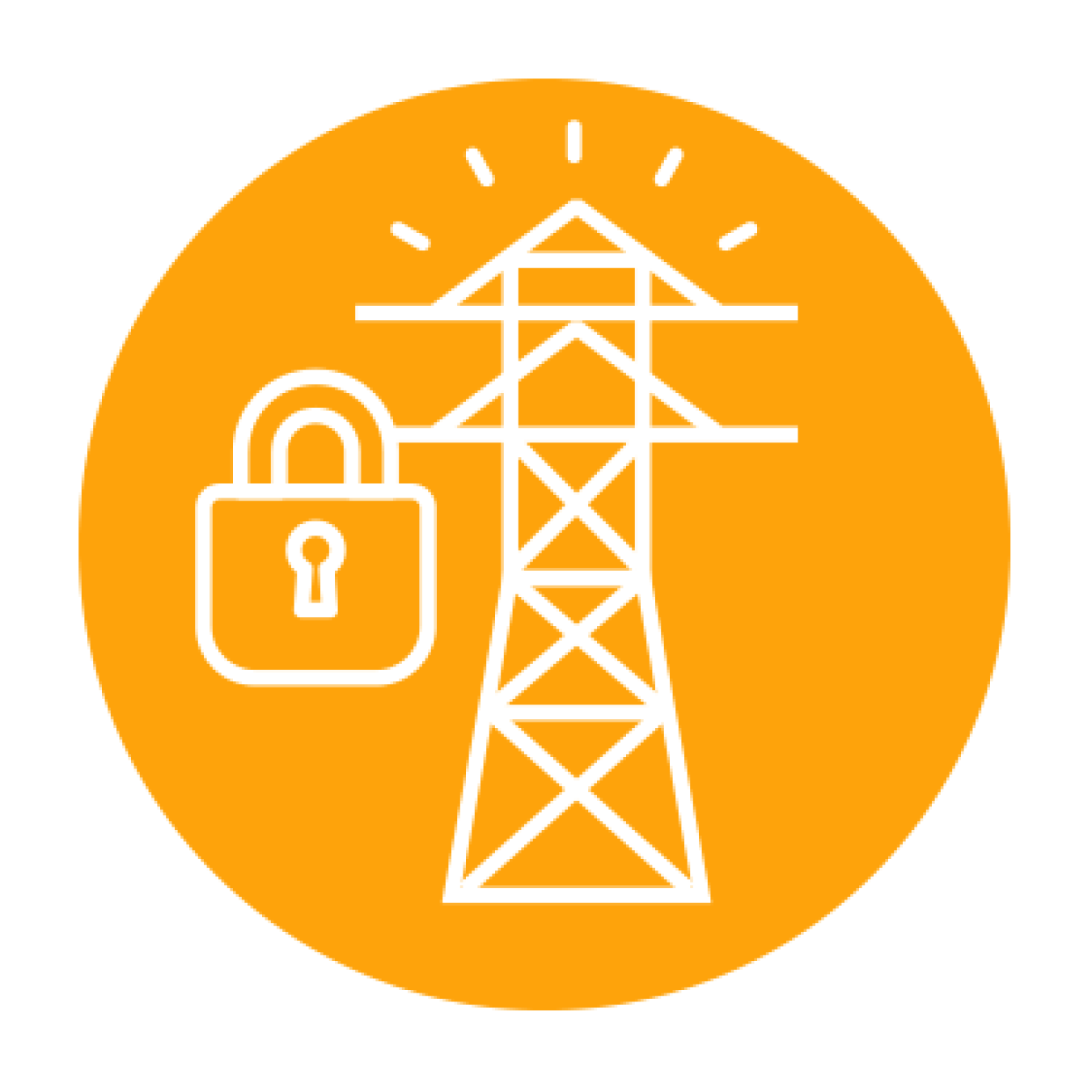
Grid Resilience and Reliability
When disaster strikes, extensive power outages add to the devastation felt across communities. Maintaining a resilient power grid is essential to the wellbeing of the country, especially as climate change intensifies extreme weather. Renewable energy reinforces the grid and has the potential to help keep the lights on in even the most vulnerable, remote communities. Introducing more renewables to the energy mix reinforces critical infrastructure by providing consistent power to hospitals, which can save lives. SETO funds projects that help communities increase the resilience of their energy systems through initiatives like the Renewables Advancing Community Energy Resilience (RACER) funding program.
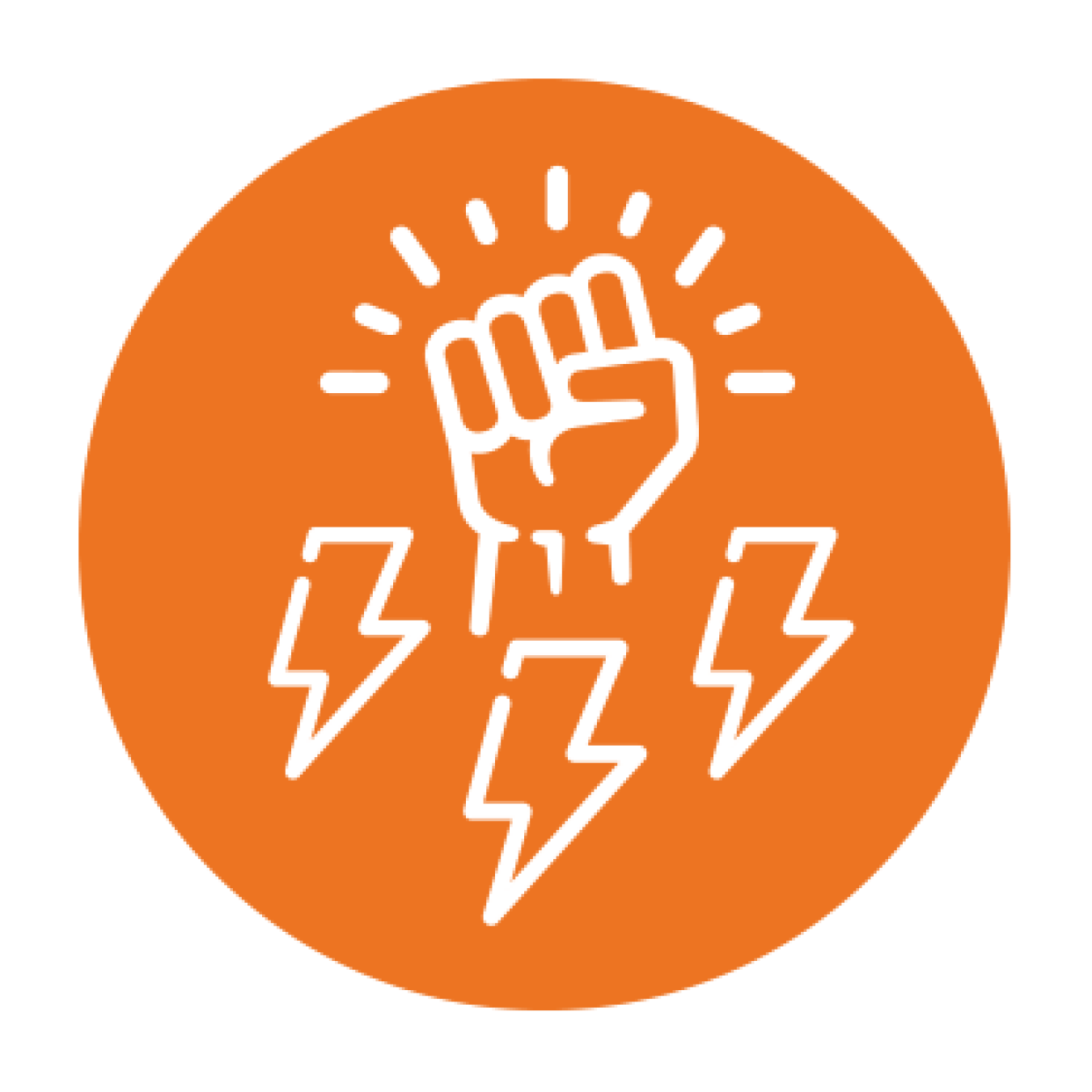
Owning your Power Production
Renewable energy resources are transforming the way we source and manage power, making it more modular with the growth of residential renewable energy systems and more widely accessible with the help of innovative technologies and programs. Residential solar+storage systems can provide essential power needs, ensuring that families have sustained electricity service no matter the circumstances. SETO funds efforts that make renewable energy available to more people through programs like the Small Business Innovation Research and Small Business Technology Transfer, which funds U.S.-based small businesses to help them move innovative technologies toward commercialization.
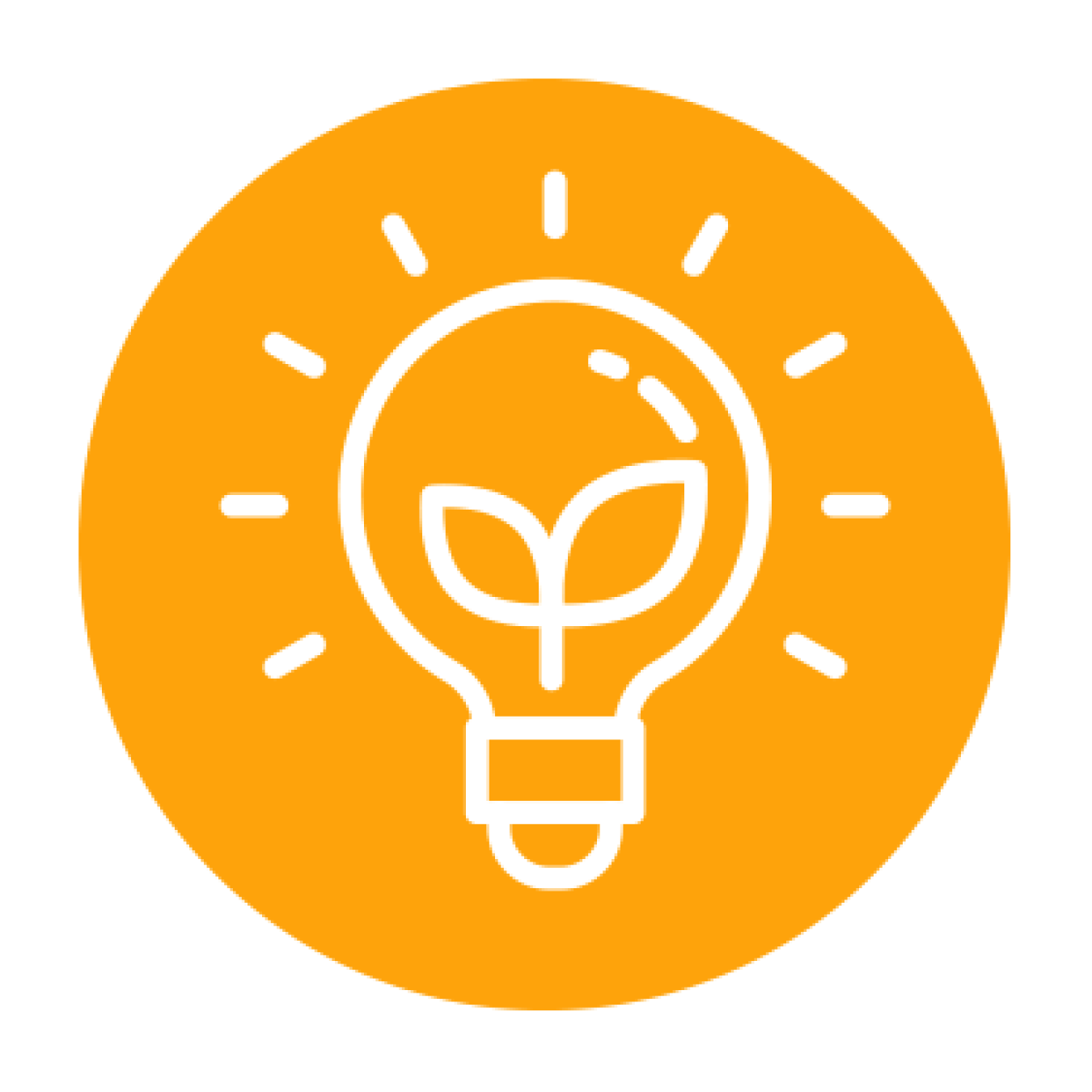
Environment
SETO supports innovative projects that promote the rapid transition to a renewable energy grid, which benefits the health of communities and ecosystems nationwide. SETO is committed to doing its part to accelerate the sustainable deployment of solar energy, funding projects that investigate the reuse and recycling of PV system components, produce clean water using solar desalination systems, and aim to better understand how solar installations, wildlife, and ecosystems interact to identify strategies that maximize benefits to the local environment. When we use the sun, wind, or water to generate electricity, we reduce air pollution, water pollution, and solid waste like coal ash that contaminates communities and jeopardizes public health. Replacing fossil-fuels with clean energy also helps reduce greenhouse gas emissions that affect the planet in increasingly dangerous ways. Check out the Lawrence Berkeley National Laboratory’s (LBNL) research on the climate and air quality benefits of renewable energy in the United States.
What’s Happening with Solar Innovation at SETO?
- RACER Funding Program: This $33 million program is advancing innovative approaches to community energy planning and developing resilient solar energy technologies for underserved communities vulnerable to extreme events causing frequent energy and power service disruptions.
- Deploying Solar with Wildlife and Ecosystem Services Benefits (SolWEB) Funding Program: This program is funding projects to develop innovative approaches to monitoring wildlife-solar energy interactions and identify and optimizing the ecosystem benefits that solar energy facilities can provide to local ecosystems.
- Foundational Agrivoltaic Research for Megawatt Scale (FARMS) Funding Program: This funding program seeks to explore ways that agrivoltaics can reduce solar energy land-use conflicts and provide additional economic opportunities to farmers and rural communities.
- Photovoltaics Research and Development Funding Program: SETO is investing in projects that make solar panels more recyclable, reduce manufacturing costs, and advance the manufacturing of PV cells from perovskites.
- American-Made Solar Desalination Prize: This prize competition accelerates the development of low-cost desalination systems that use solar-thermal power to produce clean water from salt water.
DOE Efforts in this Space
- Map: Tax Credit Bonus for Energy Communities
- Clean Energy Demonstration Program on Current and Former Mine Land
- Small Business Innovation Research and Small Business Technology Transfer (SBIR/STTR) Program
- Funding Opportunities
Resources
- Solar Energy, Wildlife, and the Environment
- Agrivoltaics: Solar and Agriculture Co-Location
- Buzzing Around Solar: Pollinator Habitat Under Solar Arrays
- The Potential of Agrivoltaics for the U.S. Solar Industry, Farmers, and Communities
- LBNL’s Research on the Climate and Air Quality Benefits of Wind and Solar Generation
- Video: NREL’s Agrivoltaics Research: Combining Solar Energy with Agriculture
Get Involved
Follow along with our Connect the Dots content on social media and join the conversation using the hashtag #ConnectSolar and sign up for our newsletter below for updates throughout the year.


